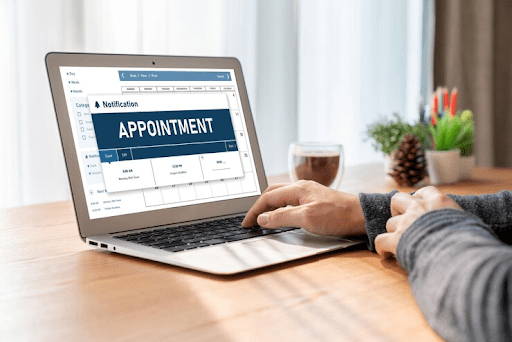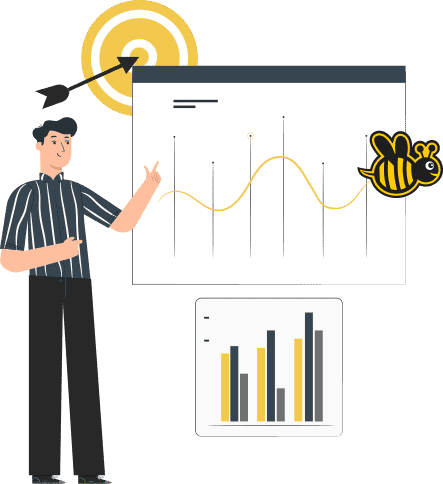Customer engagement is a game changer in today’s market. We see the difference when brands connect with us on a personal level. It’s not just about selling; it’s about building relationships. When we feel valued, we become loyal customers. On the flip side, brands that ignore our needs often lose out. Our experiences shape how we interact with businesses. Engaging with us effectively can boost satisfaction and drive growth. Together, let’s explore effective strategies to enhance customer engagement and create lasting connections.
Understanding Customer Engagement
Define Engagement
Customer engagement means how we connect with our customers during business interactions. It includes emotional connections and transactional exchanges. Emotional engagement builds loyalty, while transactional engagement focuses on purchases. We realize that engagement goes beyond just customer satisfaction. It involves creating meaningful experiences that resonate with our audience.
Importance for Business
Engagement drives customer loyalty and retention. Engaged customers tend to return, boosting our sales. High levels of engagement improve brand reputation and encourage word-of-mouth referrals. Satisfied customers share their experiences, attracting new clients. We see a clear correlation between strong customer engagement and revenue growth. The more engaged our customers are, the better our financial performance becomes.
Key Metrics
To measure engagement effectively, we focus on essential metrics like the Net Promoter Score (NPS). This score helps us understand customer loyalty and satisfaction. Tracking customer feedback is crucial for identifying areas of improvement. Interaction rates also provide insight into how well we engage with our audience. Conversion rates can indicate the effectiveness of our engagement strategies. Higher conversion rates show that our efforts resonate with customers.
SEO Content Writing Basics
Role in Engagement
We see customer service as a vital part of engagement. It creates a direct line between businesses and customers. Effective marketing strategies can improve this interaction. They help us understand customer needs better. Personalized experiences make a significant impact. When we tailor our approach, customers feel valued and connected.
Keyword Research
Conducting thorough keyword research is essential for our content. We identify relevant terms that relate to engagement topics. Using tools like Google Keyword Planner helps us analyze search volume and competition. Long-tail keywords are crucial too. They allow us to target specific customer queries effectively, leading to better results.
Content Structure
Organizing our content logically makes it easier for readers to navigate. We use headings and subheadings to break down complex information. This method enhances understanding and keeps the reader engaged. Incorporating bullet points and lists highlights key takeaways. These elements guide our audience through the material smoothly.
Strategies to Enhance Engagement
Personalize Content
We understand the power of personalization in our customer engagement strategy. Tailoring content helps us meet the unique needs of different customer segments. We utilize data analytics to inform our personalized messaging and offers. This approach ensures that our communication resonates with each individual. Dynamic content plays a crucial role too. It adapts based on user behavior and interactions, enhancing the overall experience.
Use Interactive Elements
Engagement thrives on interaction. We integrate quizzes, polls, and surveys to actively involve customers. These interactive elements not only gather feedback but also keep our audience engaged. Encouraging user-generated content fosters community involvement. It allows customers to share their experiences, creating a sense of belonging. Gamification techniques make interactions more enjoyable. By adding game-like elements, we enhance the fun factor in our engagement campaigns.
Leverage Social Media
ial media is vital for connecting with customers in real time. We utilize various platforms to share engaging content that encourages likes, shares, and comments. This interaction boosts our visibility and strengthens relationships. Monitoring social media conversations gives us insights into customer sentiments. We can adapt our strategies based on this feedback, ensuring a consistent customer engagement strategy.
Tools for Streamlining Operations
Automation Platforms
We can implement automation tools to streamline our customer engagement processes. Chatbots serve as effective assistants, providing instant responses to customers. They help us address inquiries quickly, improving the overall seamless experience. Regular communications can be scheduled to maintain consistent engagement. This ensures that customers feel valued and informed.
Analytics Software
Employing analytics software helps us track engagement metrics and trends effectively. We analyze customer behavior to identify areas needing improvement. By utilizing insights from analytics, we refine our engagement strategies. For example, if we notice a drop in interactions through a specific channel, we can adjust our approach accordingly.
CRM Systems
Utilizing Customer Relationship Management (CRM) systems is essential for managing our customer interactions. These systems allow us to store and analyze customer data, which helps personalize our engagement efforts. Segmenting customers within the CRM enables us to tailor communication strategies. This targeted approach enhances our connection with customers across various channels.
Measuring Success and Growth
Analyze Engagement Data
We regularly review our engagement data to assess performance. This helps us identify patterns and trends that show which tactics work best. By analyzing this data, we can inform our future engagement strategies. For example, if we notice higher satisfaction when using specific channels, we focus more on those.
Set Performance Goals
We establish clear and measurable goals for our customer engagement initiatives. These goals align with our overall business objectives for coherence. Regularly, we review and adjust these goals based on performance outcomes. If a strategy isn’t meeting expectations, we refine it to ensure improvement over time.
Adjust Strategies
We adapt our engagement strategies based on customer feedback and data analysis. Staying flexible allows us to incorporate new trends and technologies in our approach. We continuously test and refine our methods to enhance customer interaction. For instance, if customers express a preference for social media communication, we shift our focus there.
Summary
We’ve explored the ins and outs of customer engagement, highlighting its importance in our business landscape. By understanding what drives engagement, we can craft content that resonates with our audience. The strategies and tools we discussed empower us to create meaningful connections and measure our success effectively.
Let’s take action together. We should implement these strategies and utilize the right tools to boost our engagement levels. Our efforts will not only enhance customer satisfaction but also drive growth and loyalty. Let’s commit to this journey and watch as our connections deepen and flourish.
Frequently Asked Questions
What is customer engagement?
Customer engagement refers to the interaction between a brand and its customers. It encompasses all touchpoints, from social media to customer service, fostering loyalty and building relationships.
Why is customer engagement important?
Customer engagement drives brand loyalty, increases customer retention, and boosts sales. Engaged customers are more likely to advocate for your brand and make repeat purchases.
How can I measure customer engagement?
You can measure customer engagement through metrics like Net Promoter Score (NPS), Customer Satisfaction Score (CSAT), social media interactions, and website analytics. These metrics provide insights into customer sentiment and behavior.
What are effective strategies for enhancing customer engagement?
Effective strategies include personalized marketing, active social media presence, timely responses to inquiries, and creating engaging content. Tailoring experiences to your audience fosters deeper connections.
Which tools can help streamline customer engagement operations?
Tools like CRM software, email marketing platforms, and social media management tools can streamline operations. They help manage customer interactions efficiently and improve communication.
How often should I engage with my customers?
Engagement frequency depends on your audience and industry. Regular communication—without overwhelming customers—is key. Aim for consistent updates while allowing space for meaningful interactions.
What role does content play in customer engagement?
Quality content captivates your audience, providing value and encouraging interaction. By addressing their needs and interests, you foster deeper connections that enhance overall engagement.




